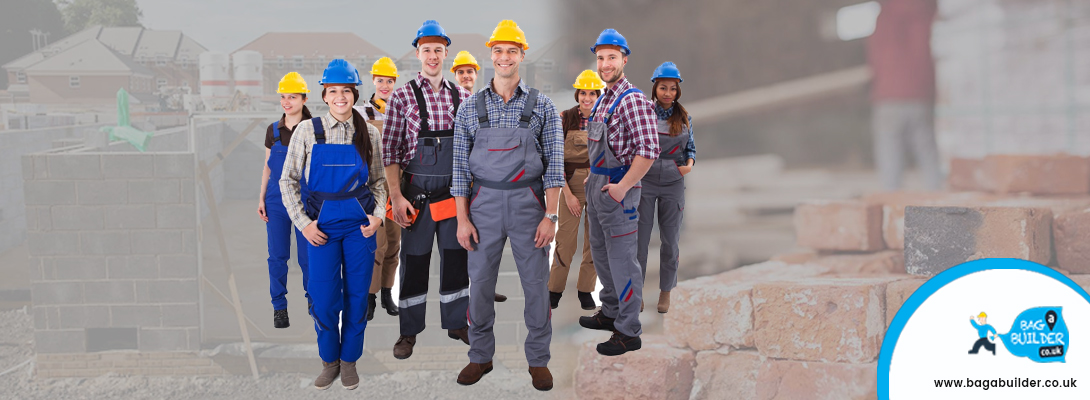Drainage at the Site: Types of Systems and Advice
- By : Jack Smith
- Date :
- Tags: drainage specialist uk

One of the unobvious, but very serious problems in private housing construction is the drainage of excess water from the site. The main means of dealing with it is the drainage system. About what types of systems exist and what tasks they perform, what elements they consist of and how to arrange high-quality drainage on your site – we will tell in the article.
Why is excess moisture dangerous?
High soil moisture can cause a lot of problems for the homeowner, let’s analyze all the inconveniences associated with a high level of groundwater.
- The increased humidity of the site leads to uneven freezing of the soil under the house and around it.
If this is not particularly critical for a foundation on piles, then for a shallow strip foundation and an insulated slab there is a considerable risk: the higher the soil moisture, the more it is exposed to frost heaving. Moisture in the soil under the walls of the house freezes and tries to push the foundation up, while there is no such load under the house itself. The foundation simply breaks – often along with the walls. The same fate can await paving slabs.
- High humidity is the cause of the appearance of fungus and mold on walls and ceilings.
Such house can be extremely dangerous for the health of nearby residents, especially dangerous for the child’s body; and diseases caused by harmful flora will appear before you find unwanted neighbors. In addition to health harm, fungus that has settled in a frame wall can lead to the most unfortunate consequences – up to the need to demolish a house
- Farming will be impossible on an area with high soil moisture.
If the roots of cultivated plants are constantly in water, they will simply rot.
- Increased soil moisture under the garage or outbuildings will lead to property damage.
Belongings on the site will be more prone to rot, and the car body is more susceptible to corrosion.
When does the site need drainage?
A drainage system will help to avoid these problems, which will drain the site. Determining that there is a need for it is not difficult: there are reliable signs.
- If after rain there are puddles on the site that do not dry for a long time
- If the garden plants die for no particular reason
- Mold and mildew appear in the basement
- If the land on the site is wet even in dry weather
- If there is a body of water or swamp on or near your property
This suggests that groundwater is located no deeper than one and a half meters, which means that a drainage system is an urgent need.
What type of drainage system can be on the site?
Open system
The simplest, cheapest, but inconvenient and impractical is open drainage. Everything is simple here: trenches dug right in the ground are used for drainage. The trenches converge to a water intake pit located at the lowest point of the site.
Advantages:
- Simplicity and low cost of the device
Disadvantages:
- It is required to strengthen the walls of the trenches with trays or support – otherwise the walls of the trenches will be washed out by water and collapse
- The system makes it difficult to move freely around the site
- It’s not even necessary to talk about aesthetics
Filling system
It also consists of trenches dug on the site. However, in this version, they are covered with rubble or a large fraction of crushed stone, and sod is laid on top.
Advantages:
- Does not ruin the appearance of the site
- Does not interfere with movement on it
- The system is virtually maintenance-free. If silting is inevitable over time, it will be impossible to clean it.








